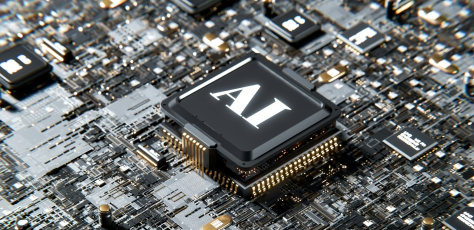Edge AI and IoT
Ultra-smart sensors with milliWatts power consumption when active
Overview
In today's rapidly advancing world of Artificial Intelligence (AI) and the Internet of Things (IoT), the demand for efficient, low-power processing in autonomous devices is greater than ever. Neuromorphic chips, inspired by the architecture of the human brain, are emerging as a groundbreaking solution to meet these needs. These specialized processors are designed to handle data in a brain-like manner, enabling them to process vast amounts of information while consuming minimal power — the perfect platform for any Edge AI or IoT application.
Here’s why neuromorphic chips are transforming Edge AI and IoT:

1. Low Power Consumption
One of the biggest advantages of neuromorphic chips is their ability to drastically reduce power consumption. Traditional processors like CPUs and GPUs consume significant energy, especially when deployed for complex AI tasks. Neuromorphic chips, however, operate in a way that mimics the brain’s neurons and synapses, allowing for asynchronous processing. This event-driven architecture means that power is only consumed when there is data to process, leading to substantial energy savings—critical for IoT devices and edge applications where power resources are often limited.
2. Real-Time Processing and Low Latency
In edge computing and IoT environments, quick decision-making is paramount. Devices such as autonomous drones, smart cameras, and medical wearables require near-instant processing of data to perform critical tasks in real-time. Neuromorphic chips, with their brain-like structure, excel at processing sensory data and making decisions quickly. The parallel processing architecture allows them to handle multiple streams of data simultaneously with minimal latency, ensuring real-time response—a key requirement in applications like autonomous vehicles and industrial robotics.
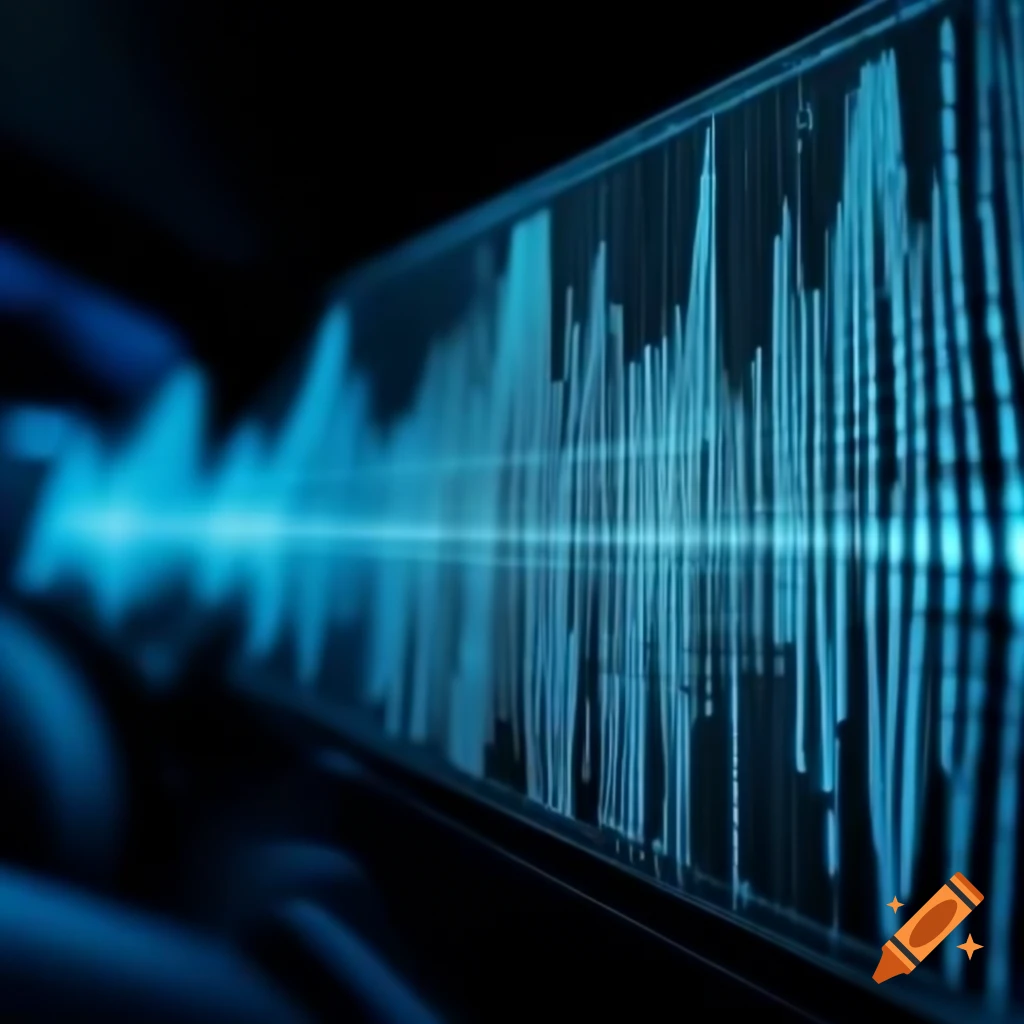
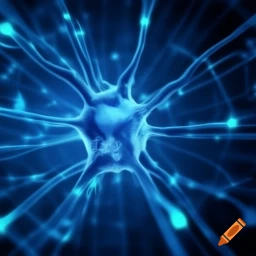
3. Efficient Handling of Unstructured Data
Neuromorphic chips are particularly adept at handling unstructured data such as images, sound, and sensory inputs, which are common in IoT environments. Their ability to process spatiotemporal patterns (patterns across time and space) allows them to excel in vision, speech recognition, and other sensory data processing tasks. By mimicking the way the human brain processes sensory information, neuromorphic chips can deliver more accurate and faster results, making them ideal for applications like smart surveillance, voice assistants, and gesture recognition.
4. On-Device Learning and Adaptation
One of the biggest challenges in deploying AI at the edge is the ability to adapt and learn in real-time without relying on cloud infrastructure. Traditional AI models often require continuous connection to centralized servers for updates and improvements. Neuromorphic chips, on the other hand, enable on-device learning, allowing IoT devices to adapt to new data and environments on the fly. This is achieved through synaptic plasticity, where connections between neurons are strengthened or weakened over time based on the inputs received. This ability to "learn" in real-time allows edge devices to become more autonomous and intelligent, without needing constant retraining from the cloud.
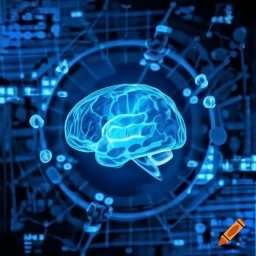
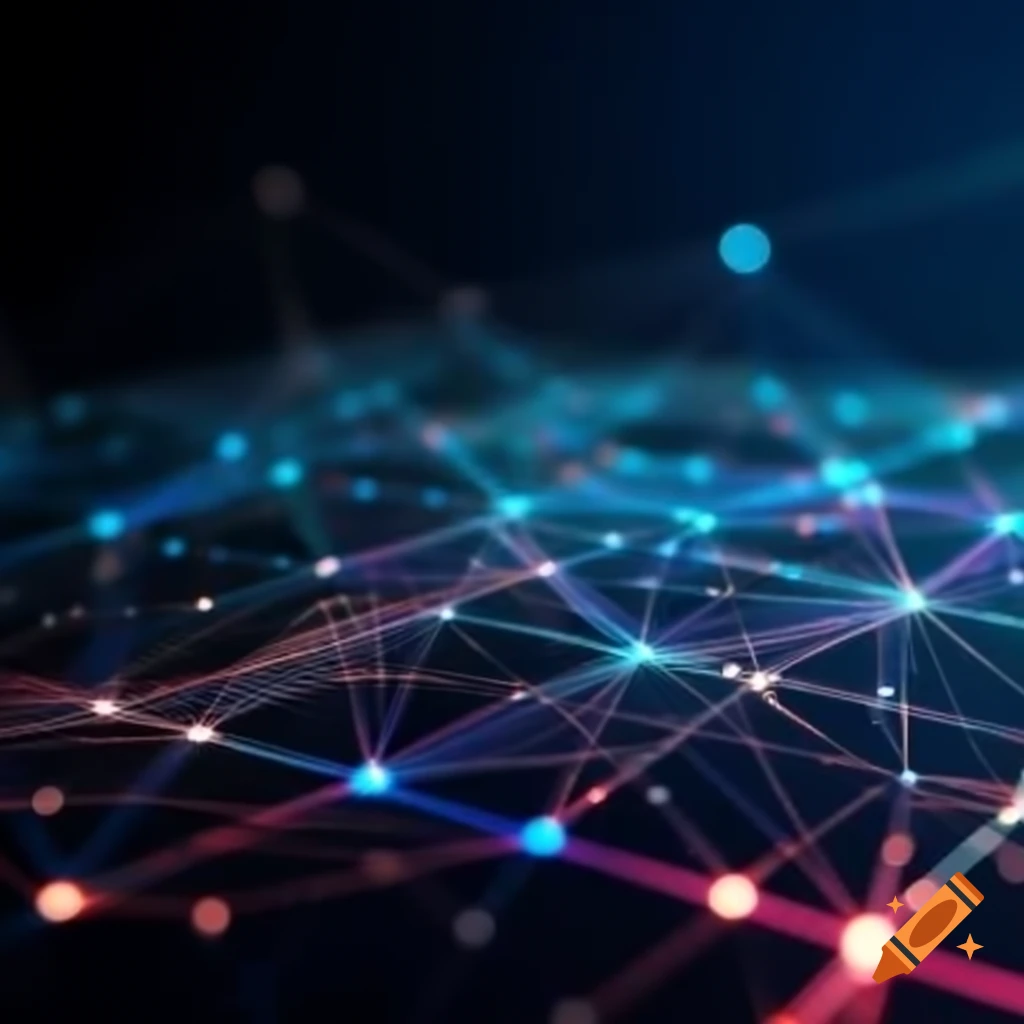
5. Scalability for Large-Scale IoT Networks
As IoT networks grow, the number of connected devices and the data they generate increases exponentially. Neuromorphic chips are highly scalable and can be used across a wide range of devices, from small battery-operated sensors to more complex systems like autonomous robots. Their energy efficiency, combined with their ability to handle real-time processing, makes them an ideal fit for large-scale IoT deployments where managing power and processing demands across a distributed network is crucial.
6. Resilience to Noisy Data
IoT environments often involve noisy, unpredictable data streams, whether from sensors exposed to the elements or from devices operating in dynamic, real-world conditions. Neuromorphic processors are highly resilient to this kind of noise, thanks to their ability to focus on relevant patterns and discard irrelevant data. This makes them particularly effective for applications like predictive maintenance in industrial settings, where accurate signal processing amidst noisy background data is critical.

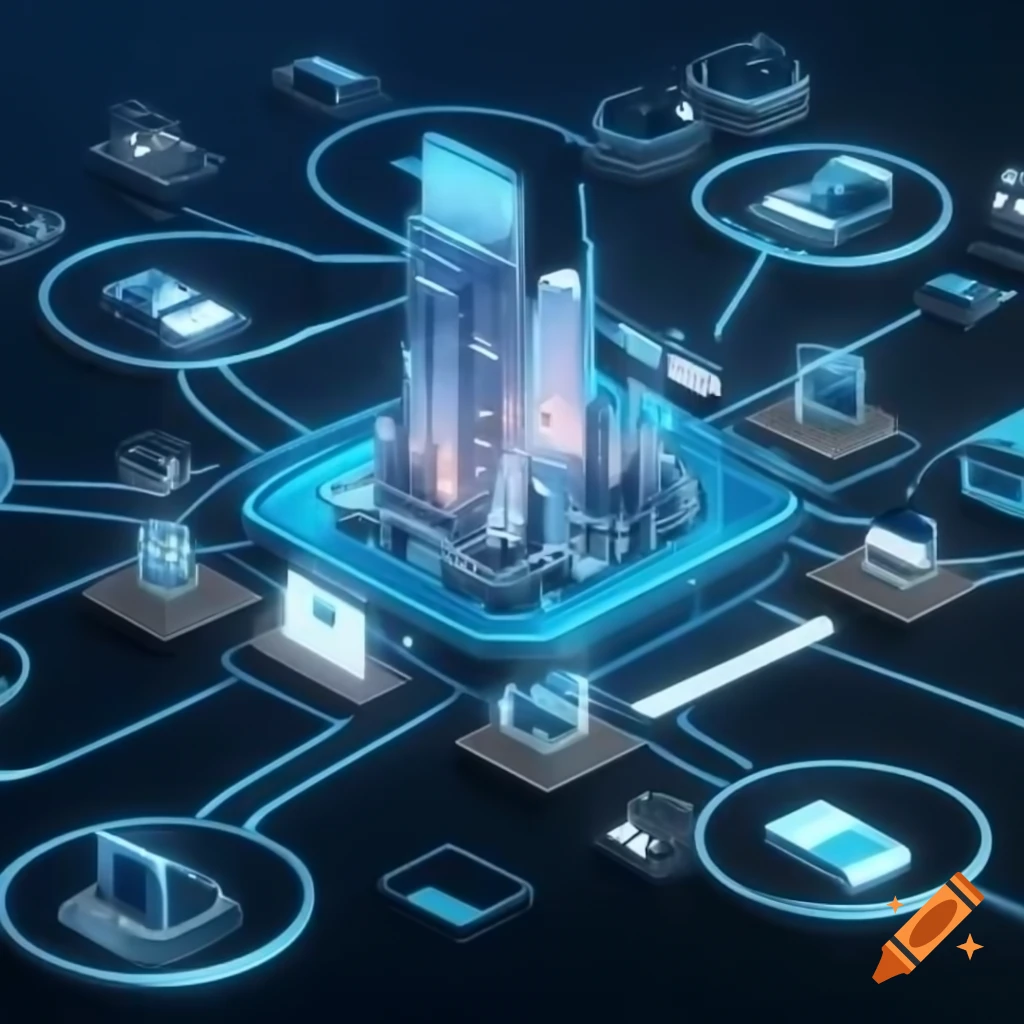
7. Seamless Integration with Sensor Networks
Many IoT applications rely on a network of sensors to collect data from the environment. Neuromorphic chips can be seamlessly integrated into sensor networks to process this data locally. This reduces the need for high-bandwidth data transmission to central servers and minimizes the load on cloud infrastructure. In scenarios such as smart cities, agricultural monitoring, or healthcare, neuromorphic processing allows sensors to function more intelligently, making decisions and delivering insights directly at the edge.
